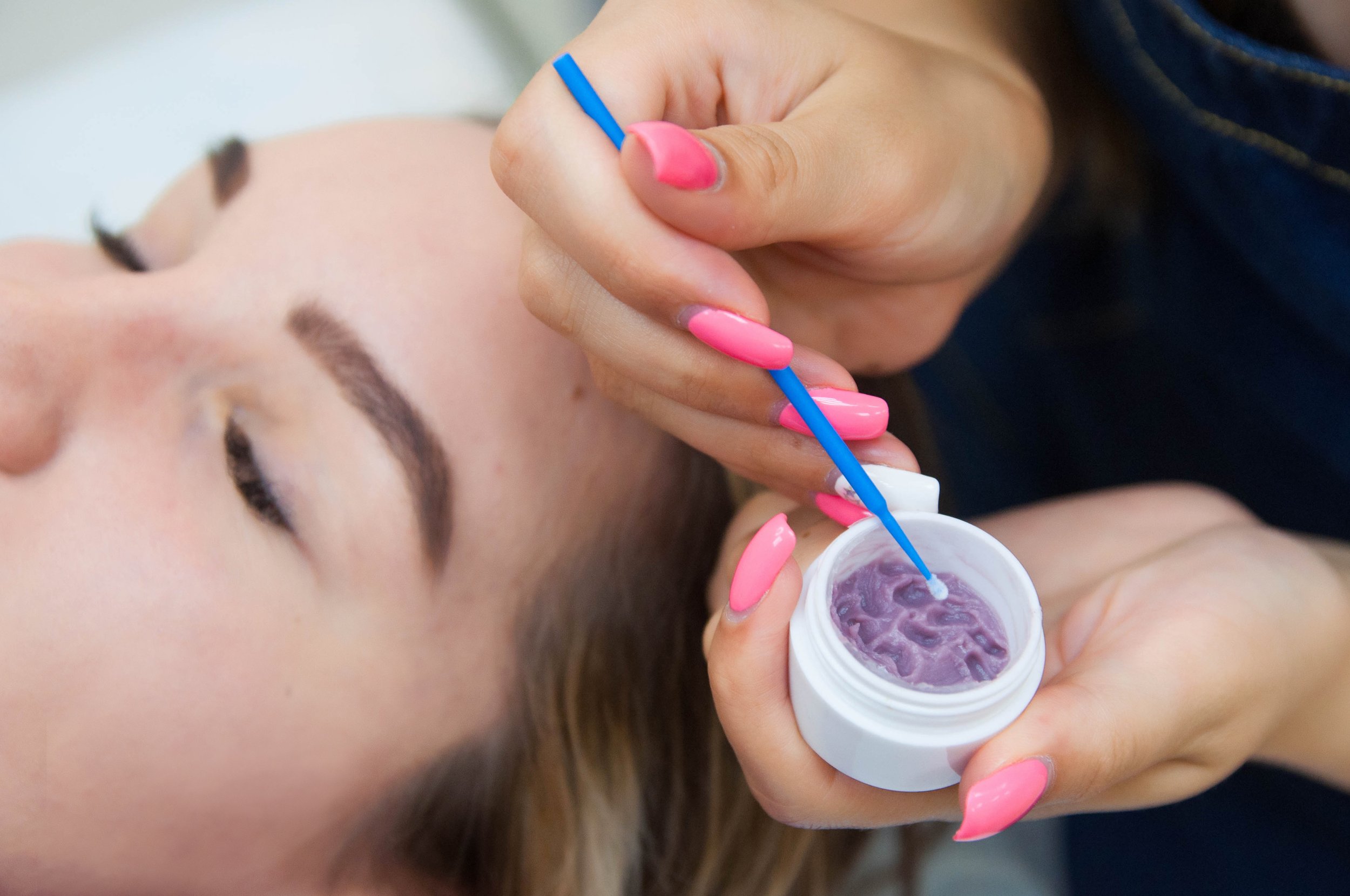Can I use oil to remove my lash extensions at home?
Does oil remove lash extensions?
Many people ask whether oil can effectively remove lash extensions at home, with coconut oil being a common recommendation. However, the simple answer is: no, oil cannot remove lash extensions. In fact, attempting to use oil for this purpose can do more harm than good.
Why Oil Doesn’t Work
Lash extension adhesives are made of cyanoacrylate or other forms of acrylate. Once the adhesive hardens, it turns into an acrylic resin (plastic) and becomes resistant to most household substances, including oils like castor or coconut oil. Applying oil to your lashes won’t dissolve or weaken the adhesive. It’s similar to trying to remove acrylic nails with castor oil—it’s simply not effective.
The Real Damage Comes from Rubbing and Tugging
The misconception that oil can remove extensions often leads to harsh rubbing or mechanical manipulation of the lashes. This aggressive motion can cause serious damage. Lash extensions are typically stronger than your natural lashes, so when you pull or rub them, you’re more likely to break or pull out your natural lashes before the extension even comes loose. Many people report losing most or all of their natural lashes after trying at-home removal methods like oil application. This is because the friction, not the oil, is responsible for loosening the extensions—and unfortunately, damaging your lashes in the process.
Professional Removal is Key
Safe lash extension removal
The safest and most effective way to remove lash extensions is to have them professionally removed. A lash artist will apply a remover formulated to break down the adhesive so that the extensions slide easily off without causing damage.
Oil Removal Myth
The belief that oil can remove lash extensions comes from the aftercare instructions commonly given to clients which include the direction to avoid oils or oil based products around the eyes. Using oils around your eyes won’t cause the extensions to suddenly come off, however it does create a very poor surface for the extensions to adhere to. Oil in or on the natural lash will prevent the adhesive from bonding to the lash resulting in poor retention.
Oil can also slide between the natural lash and the extension if there is a gap. This can exacerbate lifting of the extensions and lead to poor retention, however its still not a dramatic or fast enough effect to be suitable as a removal technique.
Many clients with oily skin can enjoy lash extensions without any retention issues as long as the lashes have been properly prepped and the extensions have been correctly applied.
Oil simply cannot dissolve or weaken the plastic-based adhesive used in lash extensions. If you’ve damaged your lashes by attempting at-home removal, don’t panic—your lashes will grow back. However, it may take 2-3 months for full recovery. During this time, using a lash growth serum can help speed up the process.
Be Patient Before Your Next Appointment
After a lash disaster, it’s tempting to rush back for a new set of extensions. It’s important to give your natural lashes time to recover before getting extensions again. Within a few weeks, you may see new growth, but these new lashes are often too fragile to hold extensions safely. Applying extensions too soon can lead to further damage and hinder your lash recovery.
Conclusion
Always prioritize the health of your natural lashes. Oil doesn’t remove lash extensions, and at-home removal methods are risky. The best way to protect your natural lashes and ensure their long-term health is to seek professional removal services. Let the oil removal myth die, and keep your lashes safe.

